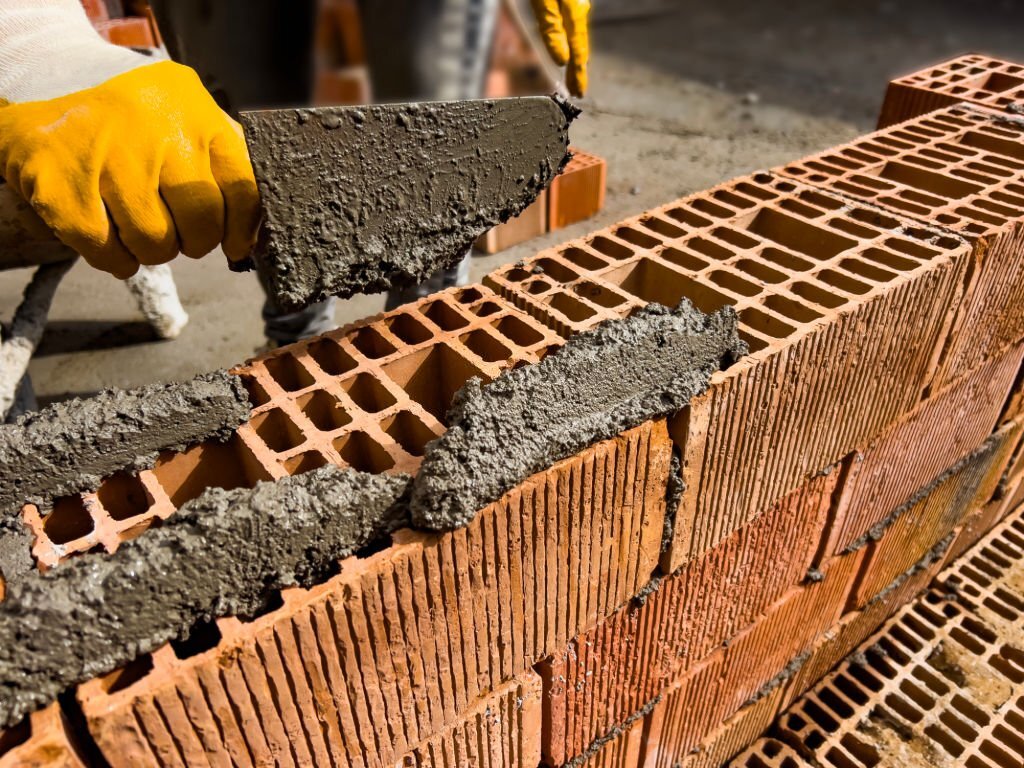Building a strong and durable brick foundation is crucial in the construction process. A solid foundation provides stability and structural integrity to a building, ensuring its longevity. In Australia, where extreme weather conditions such as droughts, floods, and cyclones are common, building a foundation that can withstand these challenges is even more important. Here are some key steps to consider when constructing a strong, durable brick foundation.

Site Preparation:
Before laying the bricks, it is essential to prepare the site properly. Clear the area of any debris, vegetation, or loose soil. Level the ground and ensure proper drainage to prevent water accumulation. A well-prepared site will provide a stable base for the foundation.
Excavation and Footings:
Excavate the area to the specified depth according to the building plans. The depth will depend on the soil type and the load-bearing capacity required. Dig trenches for footings, which are concrete slabs evenly distributing the structure’s weight. The footings should be wider than the bricks and extend below the frost line to prevent shifting due to freezing and thawing.
Reinforcement:
To strengthen the foundation, reinforce the footings with steel rods or rebar. Place the rebar in a grid pattern, ensuring proper spacing and overlap as recommended by the structural engineer. The reinforcement will help withstand the pressure exerted on the foundation and prevent cracking.
Concrete Pour:
Once the footings are prepared and reinforced, pour concrete into the trenches. Use a mix with the appropriate strength and consistency. Ensure that the concrete is properly compacted, eliminating any air pockets. Allow the concrete to cure for the recommended period before proceeding to the next step.
Brick Laying:
After the concrete has cured, start laying the bricks. Choose high-quality bricks suitable for the local climate. Use mortar specifically designed for brickwork. Lay the bricks in a staggered pattern, ensuring a consistent level and alignment. Use a spirit level and string lines to maintain accuracy. Apply mortar evenly between the bricks, ensuring a strong bond.
Expansion Joints:
To accommodate natural movement and prevent cracks, incorporate expansion joints in the brickwork. These joints allow for the expansion and contraction of the bricks due to temperature variations. Place the joints at regular intervals, as recommended by the engineer, and fill them with flexible material.
Damp Proof Course:
To prevent moisture from seeping into the foundation, install a damp proof course (DPC) between the footings and the first course of bricks. The DPC acts as a barrier, preventing rising dampness and water intrusion. It can be made of specialized materials such as bitumen or plastic.
Proper Drainage:
Ensure proper drainage around the foundation to prevent water accumulation. Install a system that directs water away from the building, such as surface drains, gutters, and downpipes. This will protect the foundation from water-related damage and enhance its durability.
Regular Maintenance:
Once the foundation is built, regular maintenance is essential to ensure its longevity. Inspect the foundation for any signs of damage, such as cracks or movement. Address any issues promptly to prevent further deterioration. Maintain the drainage system to prevent water-related problems.
Building a strong, durable brick foundations requires careful planning, proper execution, and regular maintenance. By following these steps, you can construct a foundation that can withstand the harsh Australian climate and provide stability to your building for years to come.